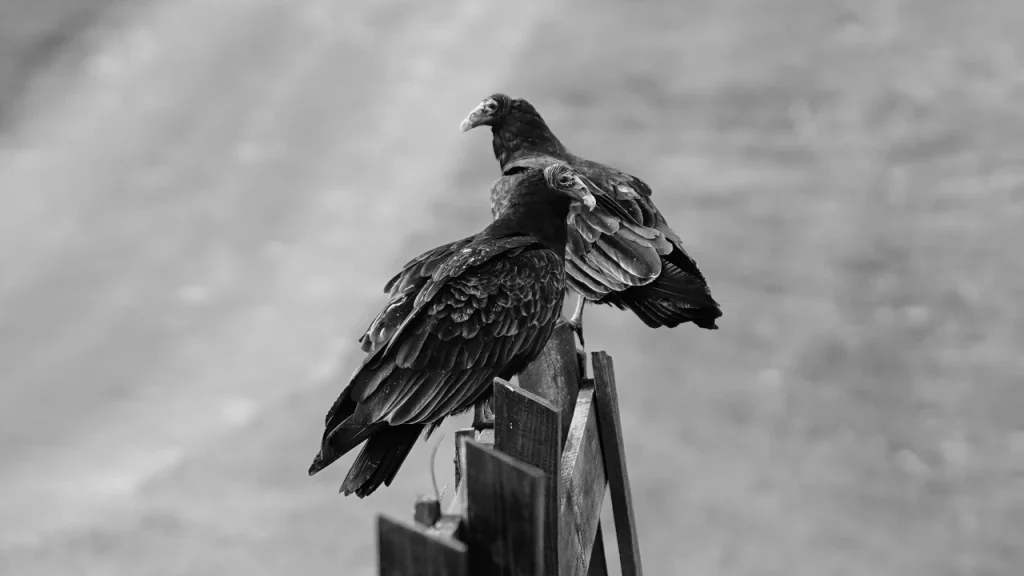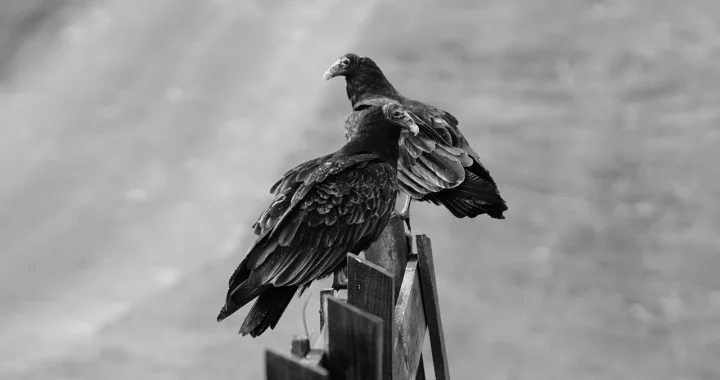H5N1 bird flu, should we be concerned?

H5N1 has been in the news a lot lately. With 2 human cases and cows now being infected we have to ask, should we be concerned?
In order to make sound decisions around the H5N1 we really need to understand what it is and how it compares to other, similar viruses.
Table of Contents
What is H5N1 Bird Flu?
H5N1 is a high pathogenic avian influenza strand (HPAI). First found in China Geese populations in 1996, the strand is now world wide infecting wild animals from racoons, bears, skunks, crows, turkey vultures and more. In addition to wild animals, H5N1 has been the cause of commercial poultry outbreaks in recent years.
In 2022, Rockingham County Virginia had a commercial poultry outbreak where H5N1 was identified for the first time as a poultry industry threat. In 2002 the H7N2 strand, a low pathogenic form Avian Influenza (LPAI) strand forced the killing of 4.7 million poultry birds. 2015 saw the largest H7N2 LPAI outbreak with over 50 million birds put down.
The key difference between H7N2 and H5N1 is that H5N1 is much more pathogenic than H7N2 which is why there is some reason for concern.
What is the primary cause of Bird Flu Outbreaks?
In 2002, a significant outbreak of the H7N2 avian influenza virus struck Virginia, resulting in the devastating loss of over 4.7 million birds. The National Laboratory of Medicine, NIH, Center for Biotechnology, conducted a statudy aiming to pinpoint the key factors influencing the spread of this low pathogenic virus (LPAI) among commercial poultry farms in western Virginia.
To achieve this goal, the study employed comprehensive methodologies utilizing questionnaires to gather crucial data from 151 infected premises, consisting of 128 turkey farms and 23 chicken farms. Additionally, information was collected from 199 noninfected premises, encompassing 167 turkey farms and 32 chicken farms. Through this data collection process, researchers aimed to delineate farm characteristics and biosecurity measures providing valuable insights into the dynamics of the outbreak.
The findings of the study shed light on pivotal factors exacerbating the spread of the AI virus among commercial poultry farms during the 2002 outbreak. Notably, one significant revelation was the role of dead bird disposal methods in facilitating the early and rapid transmission of the virus. Specifically, the study identified the practice of rendering off-farm spread of dead birds in manure as a contributing factor to the rapid spread of the infection among poultry populations.
“Results suggest that an important factor contributing to rapid early spread of AI virus infection among commercial poultry farms during this outbreak was disposal of dead birds via rendering off-farm.” –NIH 2002 Outbreak Evaluation Study
H5N1 Bird Flu Quick Facts
H5N1 is generally considered more pathogenic (severe) in both birds and humans compared to H7N2 that cause massive outbreaks in 2002 and 2015.
H5N1 is classified as highly pathogenic avian influenza (HPAI), whereas H7N2 is typically classified as low pathogenic avian influenza (LPAI).
H5N1 has a higher mortality rate in both birds and humans compared to H7N2. H5N1 infections in humans have had mortality rates of over 50%, whereas H7N2 infections in humans have generally been milder with lower mortality rates.
2003 to March 2024, a total of 888 worldwide human cases of infection of influenza A(H5N1), including 463 deaths, have been reported to WHO from 23 countries.
Many mammal species have been infected with H5N1 to include black bears, foxes, skunks, mountain lions, cows, raccoons, squirrels, bobcats, polar bears, fishers otters and of course, humans.
2024 Current state of H5N1 Bird Flu in poultry
As of April 7, 2024 there have been over 1 million poultry birds infected with H5N1 with Turkey meat birds and commercial egg layers being the top infected species.
| Flock Type | Flock Size |
| Commercial Breeder Operation | 20,600 |
| Commercial Broiler Production | 229,800 |
| Commercial Duck Meat Bird | 10,000 |
| Commercial Table Egg Breeder | 83,700 |
| Commercial Table Egg Layer | 232,000 |
| Commercial Turkey Breeder Hens | 55,600 |
| Commercial Turkey Meat Bird | 597,400 |
| Gamebird Producer | 1,700 |
| WOAH Non-Poultry | 2,610 |
| WOAH Poultry | 3,630 |
| Grand Total | 1,237,040 |

How to we prepare for against H5N1?
H7N2 caused a lot of damage among the poultry industry over the last several years and with H5N1 being more pathogenic and deadly, and with it no infecting humans, we should be paying attention. While these diseases tend to not affect small, back-yard farming operations, preppers and homesteaders, we all know the government will use any excuse to shut down the small guy.
With all this in mind, here are some ways we can prepare for an H5N1 outbreak.
Implement Biosecurity Measures
Practice strict biosecurity measures to prevent the introduction and spread of the virus. This includes limiting contact between your flock and other birds, particularly wild birds, and restricting access to your property to essential personnel only. Ensure that visitors to your property clean and disinfect footwear and clothing before entering the area where your birds are kept.
Maintain Cleanliness
Keep your poultry housing and equipment clean and sanitized. Regularly clean and disinfect housing, feeders, and water cans.
Practice good personal hygiene when handling poultry, including washing your hands thoroughly with soap and water after handling birds or their eggs. Avoid touching your face or mouth while working with poultry.
Monitor Birds for Signs of Illness
Monitor your birds closely for any signs of illness, such as decreased egg production, respiratory symptoms, or sudden deaths. If you suspect that your birds may be infected with H5N1 avian influenza, break up your flock to reduce potential losses.
Some localities may require the reporting of dead back-yard poultry but we’ll leave that thought process up to you.
Minimize Contact & Quarantine New Birds
Minimize contact between your birds and wild birds, especially migratory water fowl which have the highest infection rate among wild birds. Keep feed and water sources covered to prevent contamination by wild birds, and consider using bird netting or other physical barriers to keep wild birds away from your flock.
If you introduce new birds to your flock, quarantine them for a period of time before allowing them to come into contact with your existing birds. This helps prevent the introduction of disease to your flock.
Protect Yourself
When handling sick or dead birds, wear appropriate personal protective equipment (PPE), including gloves and a mask, to protect yourself from exposure to the virus.
By following these steps and staying vigilant, you can help reduce the risk of H5N1 avian influenza in your small backyard flock and protect the health of your birds and your family.







